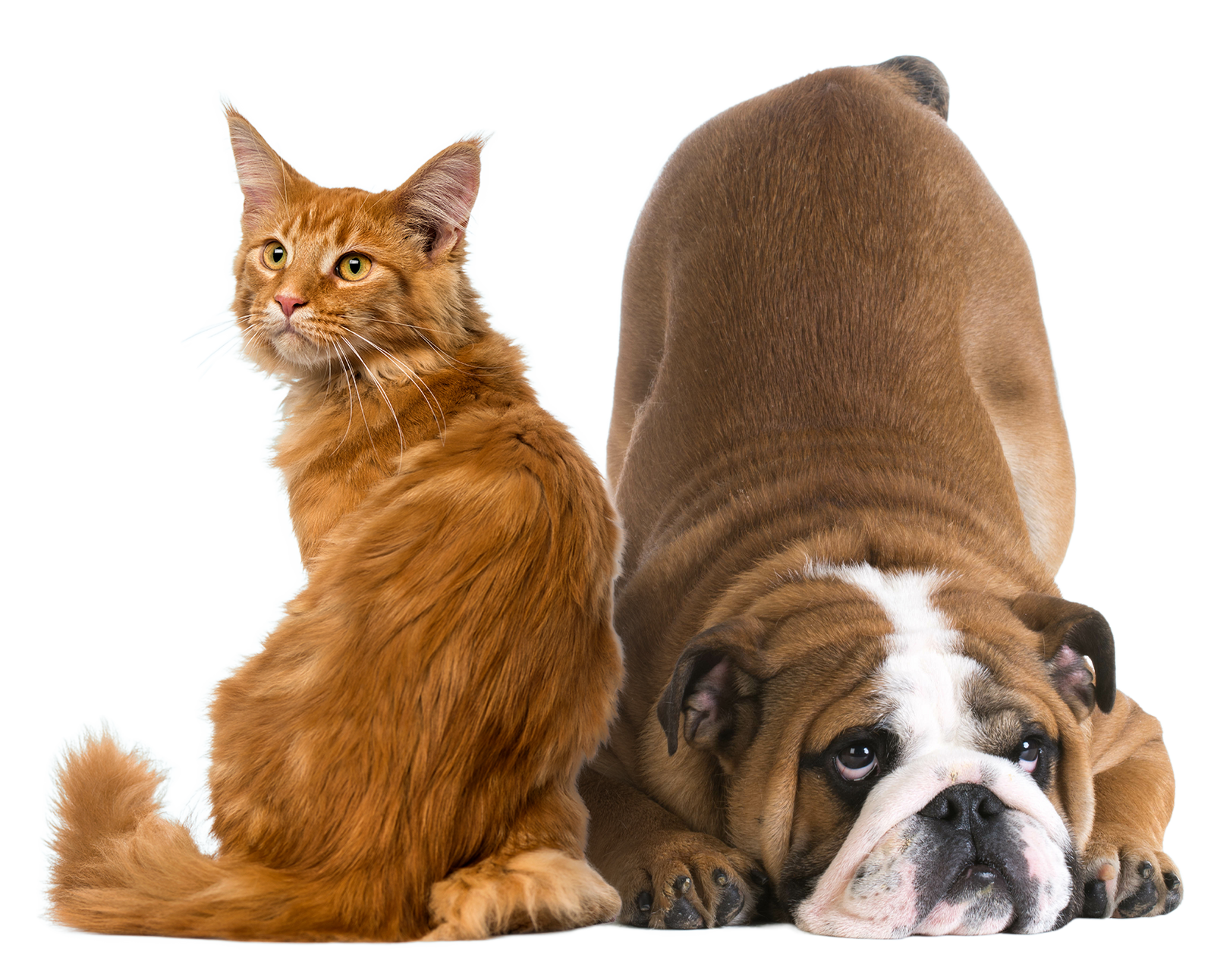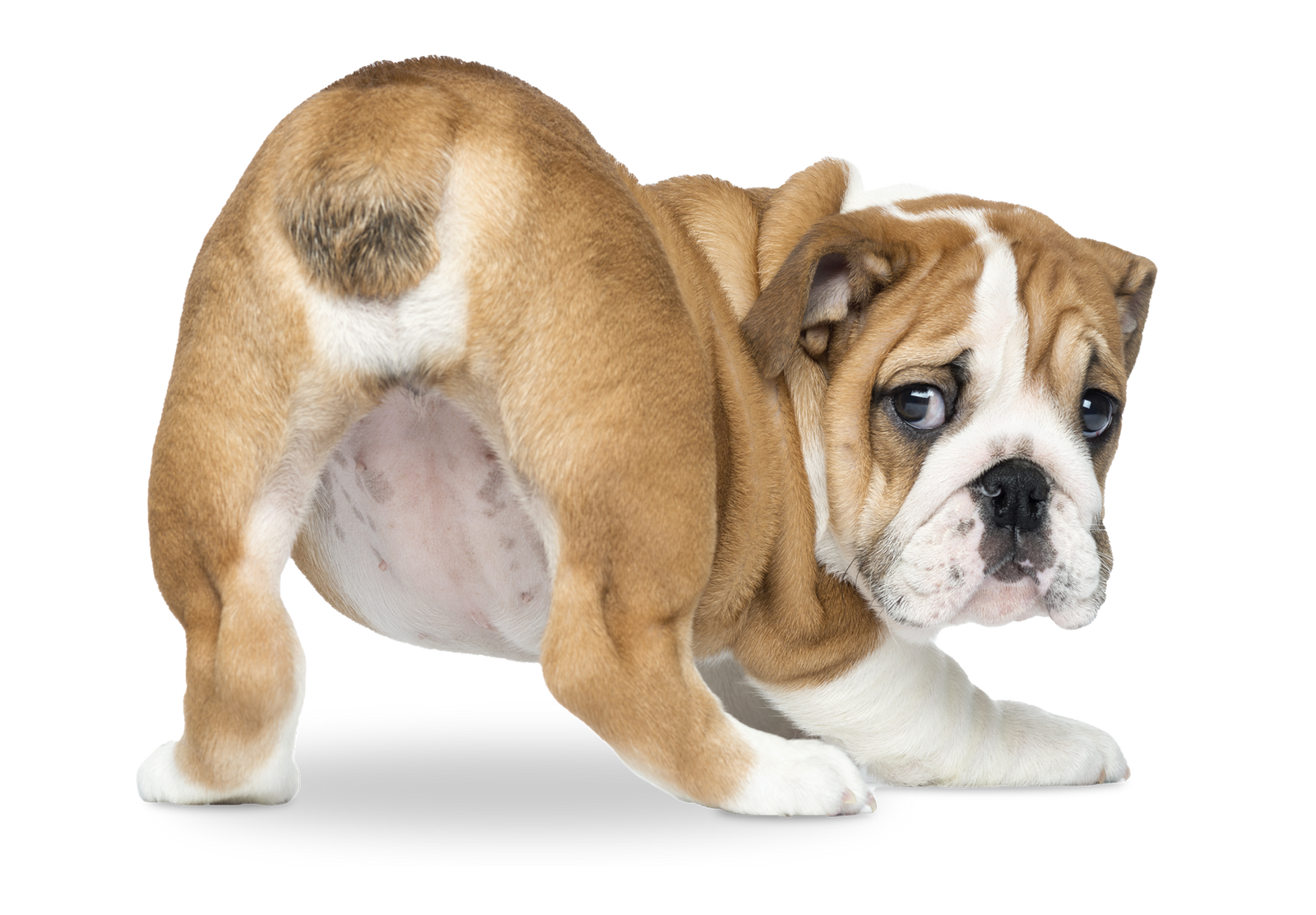7 Foods to Help Dogs Express Anal Glands Naturally

Is your dog’s current dry food doing any good for their gut health? If you’ve been feeding your dog the same dry food for years and are still taking them to the vet for manual expressions, it’s time to take a closer look at that label!
Using supplements or food to help dogs express glands is one of the first–and best–treatment options you can try at home. And it’s less expensive than a trip to the vet! We’ll identify the best ingredients, which dogs need extra support, and how fiber fits into the conversation.
The 7 best dog foods for anal gland issues
High-fiber formulas are the best types of dog food for anal gland issues. Fiber improves gut health, supports the gut microbiome, and can even reduce inflammation in the large intestine––including the anal glands!
Looking for the best dog food to prevent scooting and other unpleasant signs of anal gland distress? Try foods with the following ingredients:
Pumpkin
A food or supplement with pumpkin for dogs is fairly easy to find, but pumpkin seeds can be an especially beneficial source of insoluble fiber to help keep your dog regular.
Sweet Potato
The gut benefits from a soluble and insoluble fiber blend, and sweet potato provides a hearty mix of both for maximum impact.
Apple
Looking for a fruity food to help dogs express glands? Apple and its pulp, apple pectin, are packed with soluble fiber to help firm up your dog’s poop.
Wheat Germ
This seed embryo of wheat kernels is known as wheat germ, one of the highest natural sources of insoluble fiber you can find. It’s safe for dogs and is often included in dry foods that deliver high fiber.
Flaxseed
As grain-free dog foods become more popular, alternate fiber sources like flaxseed will be crucial for keeping your pup regular. Flaxseeds, which are rich in both soluble and insoluble fibers, can also help combat constipation and support gut health with omega-3s.
Rice Bran
Separated from the rice kernel during the milling process, rice bran is another high-fiber option popular in grain-free foods. Rice bran contains high amounts of beta-glucan, a soluble fiber that slows the passage of food throughout the intestinal tract––something that’s especially helpful for dogs with diarrhea.
Carrots
Does your dog like to crunch on carrots? This healthy people-food is also beneficial for dogs needing a boost of fiber and flavor at snacktime or in their wet or dry food.

Which dogs need high-fiber foods?
Reasons for needing the best high fiber dog food–anal gland issues, diarrhea–are unique to each pet. If your dog is struggling with any of these conditions, talk to your veterinarian about finding the best option for adding fiber to their diet.
Dogs with anal gland issues
Some dog breeds are prone to anal gland issues or regularly need to visit the vet for manual expressions––which can be painful and pricey. Because fiber helps to bulk the stool, it encourages natural emptying of the anal glands with each bowel movement. For this reason, veterinarians will often recommend fiber-rich supplements and food to help dogs express glands naturally.
Dogs with colitis
Colitis is inflammation of the large intestine that affects the cecum, colon, rectum, and anal cavity. One of the most common signs of colitis is diarrhea, which is fast-moving stool containing water that hasn’t been absorbed by the body. For dogs with colitis, veterinarians may recommend a fasting period to ‘rest’ the intestinal tract before reintroducing high-fiber foods that will re-establish a normal speed for food to pass through the body.
Dogs with chronic diarrhea
Causes of recurring or regular diarrhea can include colitis, stress, dietary indiscretions, and an imbalance in the gut microbiome. To help a dog with watery stools firm up their bowel movements, implement a regular high-fiber supplement or dog food for improved gut and anal gland health.
Dogs with allergies
Allergies can contribute to inflammation in the anal glands, causing swelling and irritation that makes it more difficult for anal glands to function properly. Adding dietary fiber to an allergic dog’s diet can help relieve inflammation thanks to a transformation that happens in the large intestine when food passes through. Natural fermentation in the colon turns fiber into short-chain fatty acids, which have anti-inflammatory effects on the gut and the body.
How does fiber help with anal glands?
When it comes to the best dog food for anal gland issues, it’s clear high-fiber options are preferred. Fiber promotes better overall gut health, which supports healthy anal gland function––and can help put a stop to your dog’s scooting!
Let’s recap the big benefits of adding boosting fiber in a dog’s diet:
- Fiber bulks and firms the stool for more productive bowel movements
- Fiber feeds good bacteria in the gut
- Fiber creates short-chain fatty acids in the large intestine
- Fiber reduces inflammation in the body with short-chain fatty acids
If you go searching for a new dog food or dog supplement, keep these benefits in mind! Your pup with a leaky bum or scooting struggles could find gut support with the right formula––especially if certain ingredients are involved!





